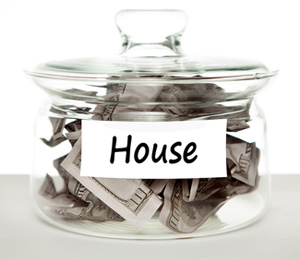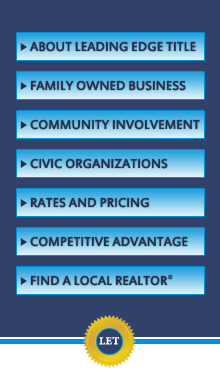
Homeownership: Down Payments or Debt?
The affordability of housing has been on the tip of everyone’s tongue as of late. With many things shifting in the industry, some experts talk about the lowering of required down payments. RealtyTrac recently analyzed affordability in 512 U.S. counties with a combined population of 235 million, looking at the impact of lowering the down payment for conventional loans (those that can be sold to Fannie Mae and Freddie Mac) from the traditional 20 percent to as low as 3 percent—as has been suggested recently by FHFA director Mel Watt as a way to “increase access for creditworthy but lower-wealth borrowers.”
“While lower down payments may help pave a quicker path to homeownership for some prospective homebuyers, a bigger obstacle to homeownership is the additional non-mortgage debt many borrowers bring to the table,” says Daren Blomquist, vice president at RealtyTrac. “For borrowers without additional debt, monthly house payments are affordable in more than 90 percent of U.S. housing markets — whether they make a 20 percent or 3 percent down payment. But for borrowers with the additional debt burden of student loans and car payments, monthly house payments are affordable in less than half of U.S. housing markets with a 3 percent down payment.”
Below are several observations around affordability and downpayments:
1. Lower down payments will help with one major hurdle to homeownership…
- Across all markets analyzed, it would take an average of 12 ½ years to save up for a 20 percent down payment at the current annual savings rate of 5.6 percent reported by the St. Louis Federal Reserve.
- It would take an average of less than two years to save up for a 3 percent down payment across all markets analyzed.
2. But mostly for borrowers without additional debt such as student loans and car payments.
- For borrowers without the additional debt of student loans and car payments, monthly house payments are still affordable in 92 percent of all county housing markets — even with just a 3 percent down payment.
- But for those borrowers with the average student loan debt and average car payment, putting just 3 percent down means monthly house payments are affordable in less than half (48 percent) of all county housing markets nationwide.
3. A larger down payment helps for borrowers with additional debt …
- With a down payment of 20 percent, more than three-fourths of county housing markets (78 percent) are affordable in terms of monthly house payments, even for borrowers with the average student loan debt and car payment.
4. But the affordability sweet spot comes for borrowers with no additional debt.
- 96 percent of county housing markets are affordable for borrowers with no additional debt and making a 20 percent down payment.
- But even with just a 3 percent down payment, 92 percent of housing markets are affordable for borrowers with no additional debt.
5. Down payment assistance programs are a resource many buyers don’t utilize.
- There are more than 2,300 down payment and closing cost programs available across the country, with an estimated 60 to 80 percent of homes in most areas qualifying for one of these programs, according to data collected by Down Payment Resource.
- The average dollar amount available from down payment assistance programs is $19,720 nationwide, but can be between $50,000 and $100,000 in higher-cost areas.
“The narrative is that it’s too hard to get a loan today and when first-time buyers believe that, they won’t even begin their search. That hurts the overall housing market,” says Rob Chrane of Down Payment Resource. “Consumers for the most part have no idea that these programs exist, so they don’t think to ask for them. Whatever your situation is, whatever you have for a down payment, you could be in a much better situation if you find out you are eligible for one of these programs.”
Thank you: RISMedia

